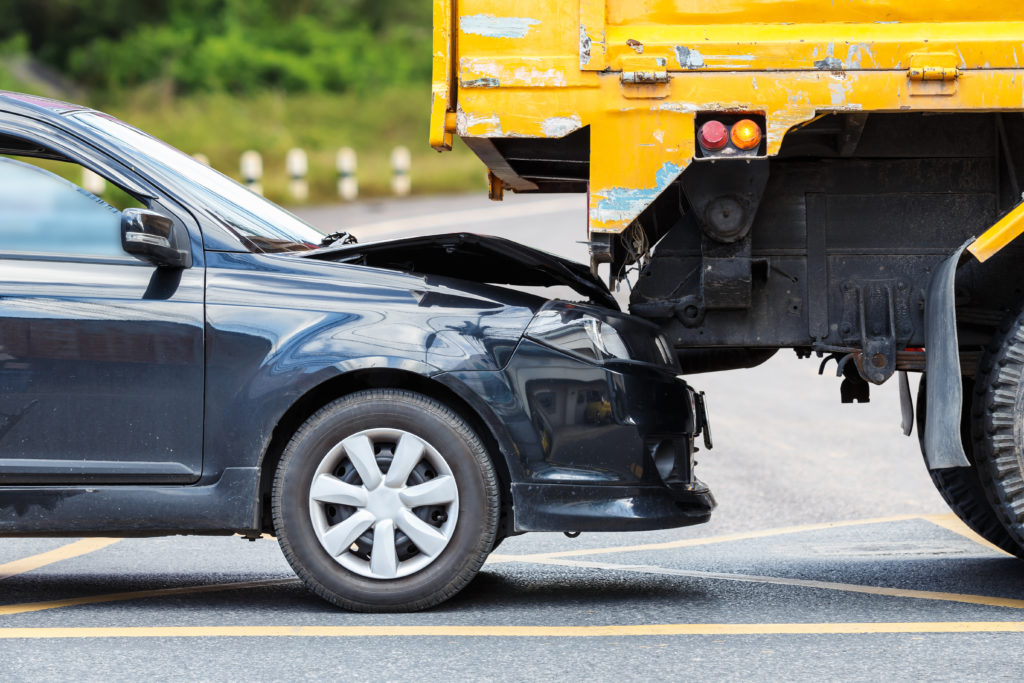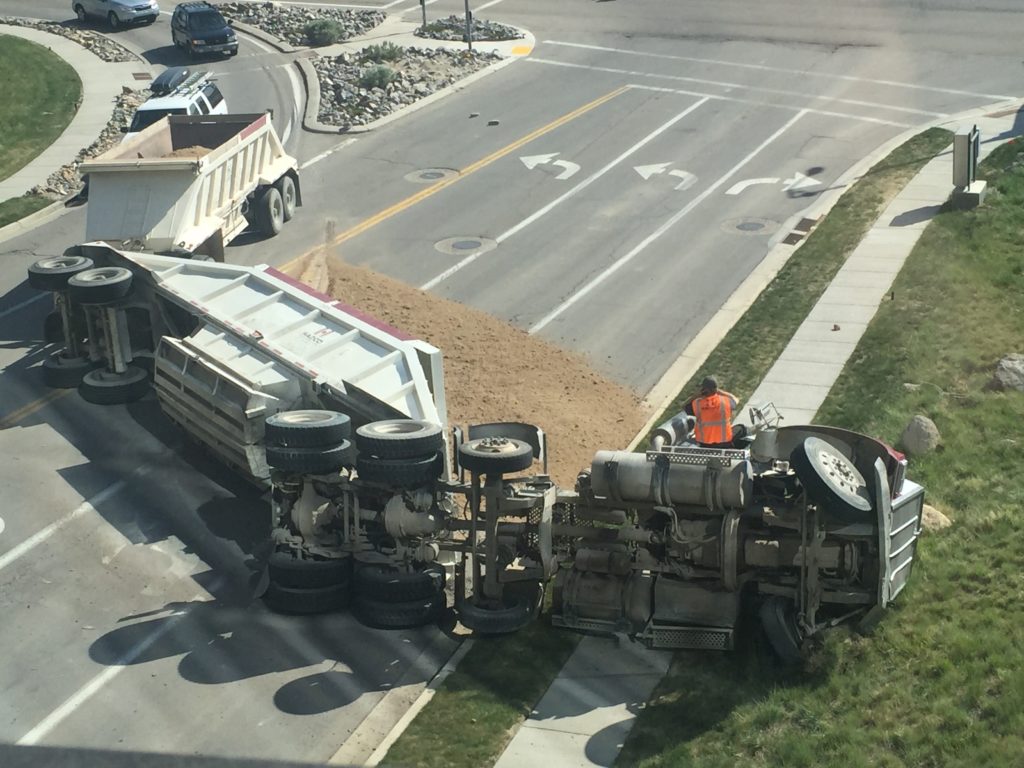
The Federal government has adopted new policies aimed at taking unqualified truck drivers off the road. Registration is now open for the Drug and Alcohol Clearinghouse, a new substance abuse screening system for truckers that is scheduled to be operational early in 2020 . The Clearinghouse is a database that will keep track of drivers who have violated drug and alcohol policies in order to stop them from operating commercial vehicles. The Federal Motor Carrier Safety Administration anticipates that the implementation of this database will substantially reduce motor vehicle crashes involving heavy trucks.
The federal rules regarding professional truck drivers already prohibit drivers from getting behind the wheel when they test positive for illegal drugs. Of course, everyone knows that drunk driving is illegal. The Clearinghouse database will allow trucking companies to screen drivers applying for jobs to see if they have previously tested positive for drugs and are looking to get hired at a new place. Drivers can also lookup their own information once they have registered with the Clearinghouse themselves. Once registered, drivers can search for their own information for free. The database will include information about whether a professional driver has any drug or alcohol program violations and, if applicable, the status of their petitions to return to duty.
The new system is meant to act as a check on drivers who violate substance abuse rules follow the proper protocol to get back in to good standing, if possible, before they are allowed to keep driving. Drivers with commercial driver’s licenses, employers, law enforcement, medical review officers, and substance abuse processionals will be among the groups who will be authorized to access the Clearinghouse.
As for what should be reported to the database – Federal Statutes cover that:
Employers will report a driver’s drug and alcohol program violations. Medical review officers will do this as well. A driver does not need to register him or herself into the system for a medical review officer to enter a violation in the system. In fact, it is not mandatory for a driver to register. But, if an employer needs to conduct a full check on a driver, that driver will have to register. This means, drivers who don’t want to take part may not be able to get hired for certain jobs because perspective or current employers will not be able to conduct a full search on the database for their information. After January 6, 2019 a driver will have to be registered with the Clearinghouse in order for an employer to be able to conduct a full search on their record for new hires. Drivers who are registered will be able to give their consent to release drug and alcohol program information to employers. Also, when new information is added to their profile, drivers will receive notifications from the Clearinghouse in the mail or electronically.
Drug abuse is a problem that needs to be addressed with treatment and counseling. Allowing drivers to keep working when they have a substance abuse problem by slipping through bureaucratic cracks doesn’t help drivers who may need help to get sober. It obviously makes roads less safe.
In the computer age with so much information going digital, this just makes sense. Professional truck drivers have a difficult job. They have to work long hours, often by themselves, away from their families. They have to keep alert on the road and get enough rest to do so. Drug use is a problem that poses a great risk to the health and safety of, not only professional drivers, but also everyone else who shares the road with them. Safety is on the roads is imperative. This database is likely the least intrusive way to keep records of drug and alcohol program violations so that employers know if they are sending a driver out on the road with the proper credentials.



